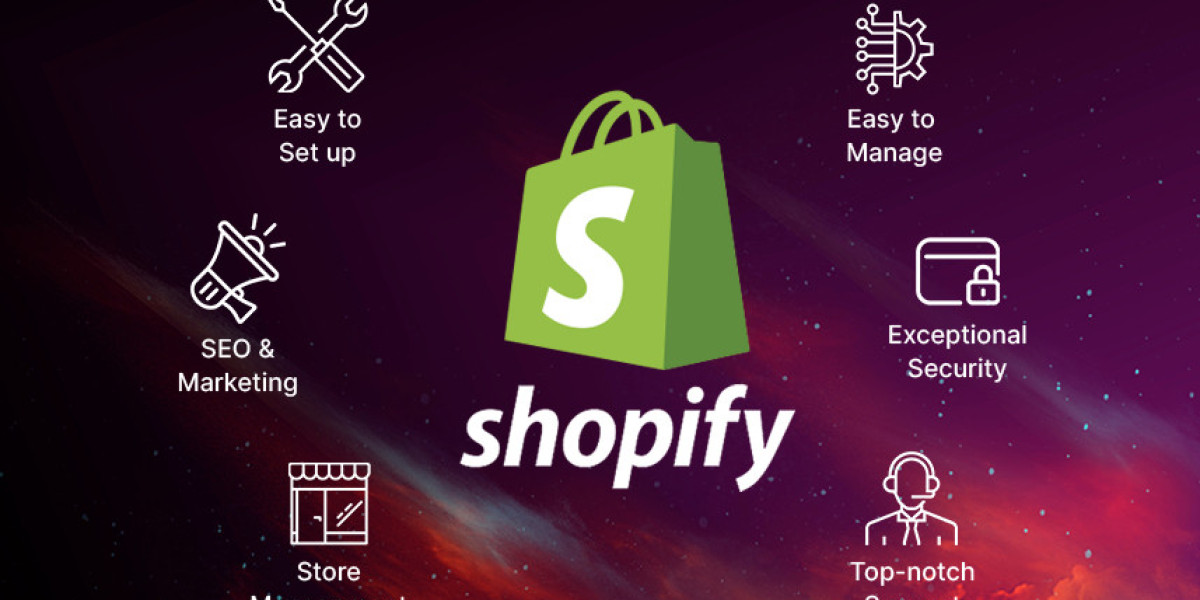Introduction
Launching a Shopify store is effortless—standing out is another story. As competition rises and customer expectations sharpen, you need more than a plug-and-play template; you need a shopify developer who can mold every pixel, line of code, and third-party tool into a friction-free buying journey. In this guide, we’ll unpack the skills, processes, and ROI you can expect when you partner with an Expert Shopify Developer for Theme Customization & App Integration. You’ll walk away with a 360-degree game plan—no jargon, just actionable insights.
1. Why Theme Customization Still Reigns Supreme
First Impressions Convert (or Repel)
A theme is more than a color palette; it controls load speed, visual hierarchy, and micro-interactions. Studies show users form an opinion in 50 milliseconds. A customized theme that matches your brand voice, uses clear CTAs, and passes Core Web Vitals keeps shoppers from bouncing.
Performance Is Profit
Largest Contentful Paint (LCP): Under two seconds can raise conversion rates by 15 %.
Cumulative Layout Shift (CLS): Minimal shift reduces cart abandonment, especially on mobile.
An expert developer shaves milliseconds by stripping bloat, deferring non-critical scripts, and compressing media without sacrificing quality.
Brand Differentiation
When every competitor runs the same free theme, a bespoke interface becomes a silent salesperson. Custom sections spotlight your UVPs, while dynamic color modes reinforce brand identity.
2. Anatomy of a Winning Theme Customization
| Element | What It Does | Dev Techniques |
|---|---|---|
| Modular Sections | Drag-and-drop landing pages for campaigns | Liquid snippets, JSON templates |
| Adaptive Images | Sharp visuals on any device | WebP conversion, srcset rules |
| Micro-Animations | Guide attention, signal processing | CSS keyframes, GPU acceleration |
| Accessible Design | Reach wider audience, avoid lawsuits | ARIA labels, color-contrast tests |
| Headless-Ready Hooks | Future migration to Hydrogen | Decoupled components, GraphQL endpoints |
A seasoned Shopify dev treats each of these as levers, fine-tuning them to shorten the path between discovery and checkout.
3. App Integration: Power Without Platform Bloat
The Integration Sweet Spot
Too few apps and you reinvent the wheel; too many and you tank performance. The golden rule: one app per core function, rigorously vetted.
| Function | Ideal App Traits |
|---|---|
| Reviews & UGC | Lightweight widget, lazy-loaded, rich Schema markup |
| Subscriptions | Native checkout integration, flexible billing cycles |
| Email/SMS | Event-based triggers, deep customer segmentation |
| Post-Purchase Upsell | In-checkout offers, A/B testing dashboard |
| Inventory Sync | Real-time webhooks, multi-warehouse logic |
Behind-the-Scenes Engineering
Webhook Security: HMAC validation and IP whitelisting prevent fraud.
Rate-Limit Strategy: Queued background jobs avoid hitting Shopify’s API ceiling.
Data Hygiene: Namespaced metafields and tagged records keep analytics clean.
Invisible but Critical Wins
By streamlining APIs and pruning redundant scripts, an expert developer can:
Reduce Time to Interactive by up to 30 %.
Lower monthly app fees by consolidating features.
Improve data accuracy for remarketing and inventory forecasts.
4. Case Study: From Template to Triple-Digit Growth
Brand: BrewCulture™ specialty coffee
Challenge:
Cookie-cutter Debut theme, 4 s mobile load time
Nine overlapping apps bloating checkout
2.1 % conversion rate
Developer Moves:
Rebuilt theme with Online Store 2.0 blocks, pruning 60 % of unused CSS.
Replaced three upsell apps with a single, checkout-native extension.
Implemented auto-bundles via custom script to lift AOV.
Results (6 months):
LCP down to 1.1 s mobile
App fees cut by $450/month
Conversion rate up to 4.5 %
3× revenue growth during the holiday quarter
5. How to Vet an Expert Shopify Developer
| Question | What to Listen For |
|---|---|
| “Describe your process for reducing LCP.” | Mentions critical CSS, lazy-loading, Shopify CDN tweaks |
| “How do you prevent app script conflicts?” | Talks about script isolation, namespace checks |
| “What accessibility tools do you use?” | Lighthouse, axe DevTools, manual keyboard tests |
| “Show me rollback procedures.” | Git versioning, theme backup, staged deploy |
| “How do you forecast project ROI?” | Data-driven KPIs, break-even timelines |
Request real metrics, not marketing fluff. A confident developer backs claims with screenshots, dashboards, and Git commits.
6. Implementation Roadmap (12-Week Sample)
| Phase | Weeks | Milestones |
|---|---|---|
| Audit & Planning | 1-2 | Speed tests, UX heatmaps, tech stack map |
| Theme Refactor | 3-6 | Modular sections, responsive layout, ADA compliance |
| App Rationalization | 7-8 | Remove redundancies, secure webhooks, document API keys |
| Feature Sprints | 9-10 | Subscription engine, loyalty points, dynamic bundles |
| QA & Soft Launch | 11 | Cross-device tests, staging->prod cutover |
| Post-Launch Optimization | 12 | A/B tests, Core Web Vitals re-check, roadmap update |
This schedule keeps momentum fast yet structured—critical for hitting seasonal sales windows.
7. Calculating the ROI
Revenue Uplift
Speed Gains: +0.1 s LCP can raise conversion 8 %.
UX Improvements: Better navigation lifts AOV 12 %.
App Consolidation: Lower fees and fewer bugs boost net margin.
Hidden Savings
Fewer Support Tickets: Clear checkout and live shipping rates reduce “Where is my order?” emails.
Automated Ops: Webhooks eliminate manual CSV uploads, freeing staff hours.
Break-Even Example
If a $12 k dev project increases monthly profit by $3 k, you’re at break-even in four months—anything after is pure upside.
8. Future-Proofing: Trends Your Developer Should Watch
Edge Rendering with Oxygen: Sub-second TTFB worldwide.
Composable Commerce: Mixing Shopify with headless CMS or PIM via GraphQL.
Augmented Reality Try-Ons: Built-in WebXR pipelines for immersive previews.
AI Merchandising: On-device recommendations reducing server calls.
Carbon-Neutral Checkouts: Real-time footprint calculation influencing buy decisions.
An expert developer doesn’t just react; they architect today so tomorrow’s upgrades plug in, not bolt on.
Conclusion
Templates and off-the-shelf apps can get you online, but they won’t get you ahead. A polished storefront demands craftsmanship: pixel-perfect themes, lightning-fast code, and integrations that feel native—not tacked on. Partnering with an expert Shopify developer turns those ambitions into measurable KPIs: faster load times, higher conversion rates, and happier customers. In short, you gain freedom to focus on product and brand while your developer engineers the experience that sells them. Ready to elevate your store? One smart hire could be the catalyst for exponential growth.








